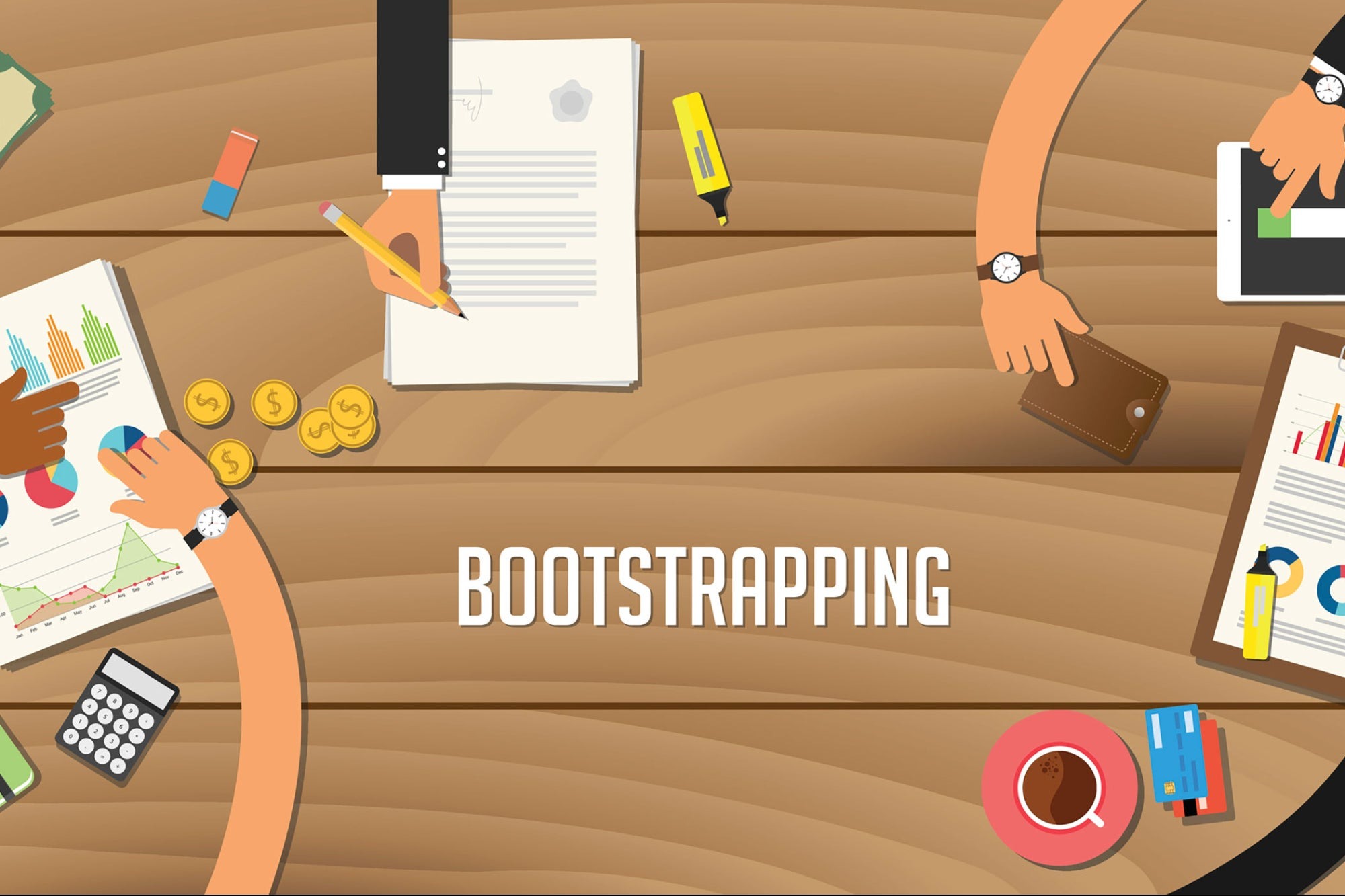Introduction
In the realm of entrepreneurship, bootstrapping refers to starting and growing a business with minimal external funding, relying on personal savings, revenue generation, and cost-effective strategies. Mastering this art is essential for entrepreneurs looking to build sustainable ventures while maintaining control over their vision. This article explores the principles and practices of bootstrapping, emphasizing the importance of starting lean and scaling smart for long-term success.
Understanding Bootstrapping
Bootstrapping is a philosophy that prioritizes resourcefulness, creativity, and frugality in business operations. Unlike traditional models that rely heavily on external investment, bootstrapped ventures aim to become profitable as quickly as possible, using available resources efficiently. This approach fosters independence, agility, and resilience, allowing entrepreneurs to navigate challenges with greater flexibility.
Starting Lean: The Foundation of Bootstrapping
- Minimalist Approach to Product Development: Bootstrapped startups focus on building minimum viable products (MVPs) to test market demand and iterate based on customer feedback. By avoiding unnecessary features and complexities, entrepreneurs conserve resources and accelerate time-to-market.
- Cost-Effective Marketing Strategies: Instead of expensive advertising campaigns, bootstrapped businesses leverage digital marketing channels, content marketing, and social media to reach their target audience. These grassroots efforts foster organic growth and establish meaningful connections with customers.
- Lean Operations and Outsourcing: Bootstrapped entrepreneurs streamline operations by outsourcing non-core functions such as accounting, administrative tasks, and IT support. By tapping into freelance networks and remote talent pools, startups minimize overhead costs and maintain flexibility.
Scaling Smart: Growing Sustainably and Strategically
- Profit-Driven Growth: Bootstrapped ventures prioritize profitability over rapid expansion, reinvesting revenue to fuel organic growth. By focusing on sustainable business models and positive cash flow, entrepreneurs build a solid foundation for long-term success.
- Strategic Partnerships and Collaborations: To accelerate growth without significant capital investment, bootstrapped startups forge strategic partnerships with complementary businesses, sharing resources, expertise, and customer bases. These alliances amplify reach and create synergies that benefit all parties involved.
- Iterative Approach to Scaling: Instead of pursuing large-scale growth initiatives, bootstrapped entrepreneurs adopt an iterative approach, testing and refining strategies based on real-world feedback. This agile mindset allows startups to adapt to market dynamics, seize opportunities, and mitigate risks effectively.
Conclusion
Mastering the art of bootstrapping requires discipline, creativity, and a willingness to embrace constraints as opportunities for innovation. By starting lean and scaling smart, entrepreneurs can build resilient businesses that thrive in any economic climate. While the journey may be challenging, the rewards of bootstrapping include independence, sustainability, and the satisfaction of building something from the ground up, one small step at a time.


